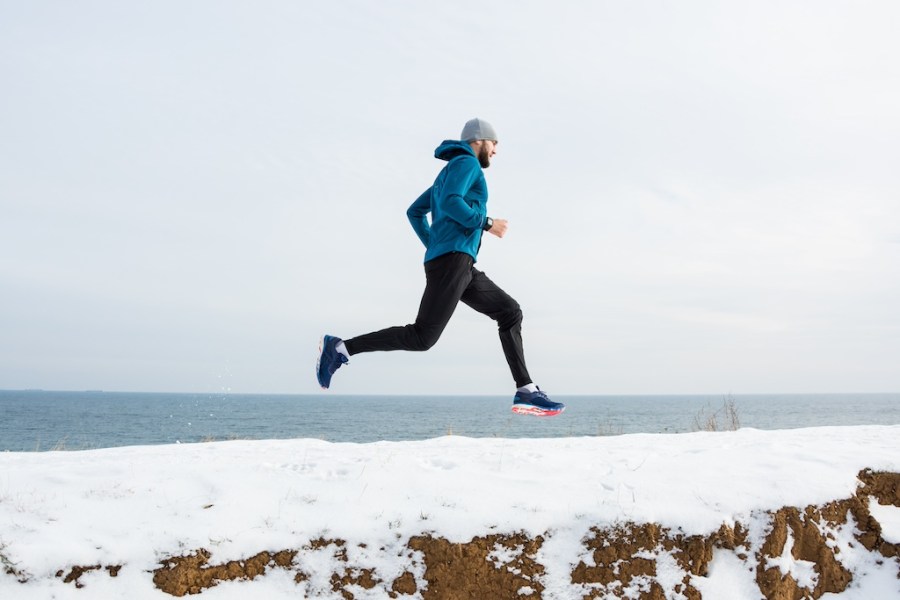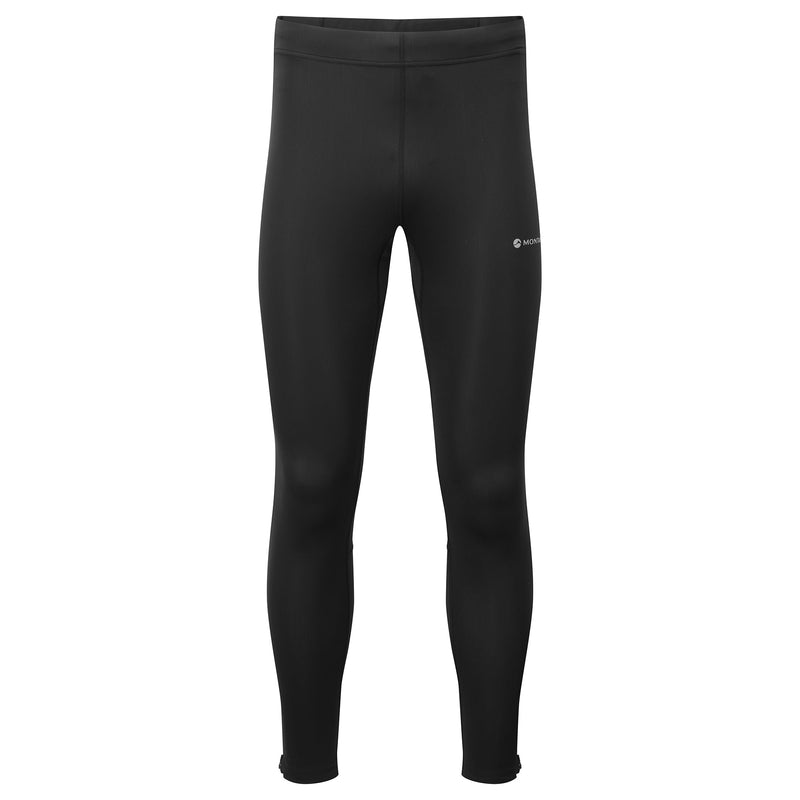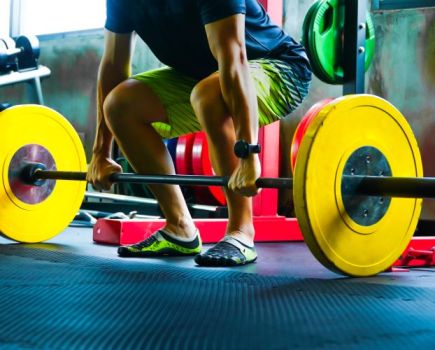Should runners wear baselayers? Two specialists explain why it’s a good thing to layer up – especially in the winter months…
Whether you do your running on road or rocky ridgelines, the right baselayer – like the right pair of the best moisture-wicking underwear – can make the difference between a rewarding session and a miserable experience.
“A high-quality baselayer will do most of the work of keeping you dry, comfortable and able to run efficiently, especially over longer distances,” says Pete Sissons, amateur ultrarunner and brand specialist at Montane.
They’re designed to fit close, like a second skin and preserve your body heat by providing an extra layer of warmth. “This stops any extra energy from being used to heat your muscles, helping to avoid exhaustion,” explains Adam Warrington, author and outdoor enthusiast at Blacks.
For Sissons, a finisher of more than 50 ultramarathons, including the Montane Lakeland 100, failing to layer up correctly can make for a memorably bad run:
“I was doing an 18-mile training run in the Cheviots when the weather became quite horrific. My legs were nice and warm (thanks Slipstream Thermal Tights!) but a short-sleeve, lite layer under my Gortex jacket didn’t have the insulation I needed that day.
“It shows you are never too experienced that you can’t learn stuff on the hills. As you work harder and build up heat, your layering system has to work harder to pull moisture away from your body, then push it out into the external environment.”
Sissons explains that only technical baselayers designed to do this will be able to keep up, and work in tandem with a protective outer layer and/or midlayers.
Get yourself a pair of Montane’s Slipstream Tights here!
Why should runners wear baselayers?
Those moisture-wicking properties of running base-layers help to draw sweat away from the skin, while the quick-drying properties of the material help it to evaporate quickly. “That can help to stop any excessive sweat saturation, which may lead to discomfort and can cause you to feel cold quickly after exercise,” explains Adam Warrington.
Having efficient moisture-wicking saves runners energy (either from having to keep warm in cold weather, or from having to keep cool in warm weather) which can then be redirected into running faster, for longer.
“Fast, effective moisture wicking keeps you warm and dry in the cold, and in warmer conditions quick drying fabrics provide a comfortable protective first layer which allows you to focus on running rather than your kit,” explains Sissons. “It’s a win-win whatever the weather is doing.”
How to find the right baselayer
A close fit is crucial to the baselayer’s effectiveness. “Too loose and the material can’t wick the moisture from your skin,” says Sissons. “It’s also more likely to ruffle up and potentially chafe.”
Baselayers can also help to increase blood circulation, and therefore your oxygen flow, meaning that there is less chance of a lactic acid build-up and cramp.
“The increased blood flow can also help to aid recovery, as it reduces muscle osculation” says Warrington. “This is the movement of muscles from vibrations when your feet hit the ground. A tight baselayer compresses your muscles, limiting the movement which reduces trauma and injuries.”
For Pete Sissons, baselayers are a no-brainer during winter run:
“I’ve run many times in difficult conditions, none more so than the Hardmoors 55 in 2018 when the ‘Beast from the East’ was ripping across the North York Moors. It was one of those situations where if I hadn’t had the right kit I would have been in real trouble.
“Some people will prefer to go for a single weight, thick for cold weather and thin for warm weather. My preference is to stack a couple of the same weight in winter (short sleeve on top of a long sleeve) and summer I’ll tend to go for a thin short sleeved t-shirt.”
What baselayers are best?
“The Dart Lite T-Shirt features Polygiene technology, designed to provide permanent anti-odour protection is super versatile,” says Sissons. “I can stack it in winter for colder runs but it works perfectly and looks great when I go the gym.”
“I recommend the OEX Barneo range of baselayers,” says Adam Warrington. “The bamboo mix fabric is stretchy, sweat-wicking and naturally anti-bacterial. The best running baselayers are usually made from a blend of technical synthetic material and natural bamboo, or merino wool.”
Related content:








